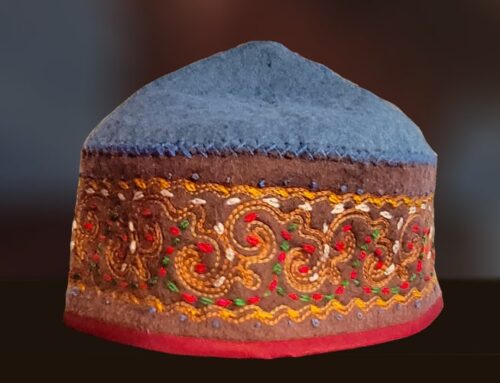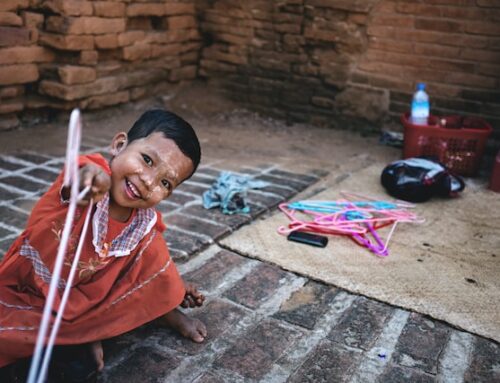Reviving the Ancient Art of Lao Handicrafts
Let’s travel to Laos, a country mostly unaffected by commercial tourism yet home to some of the most stunning hand-crafted products in the world. Laos is a landlocked country in South Asia that borders Thailand, a more well-known tourism destination.
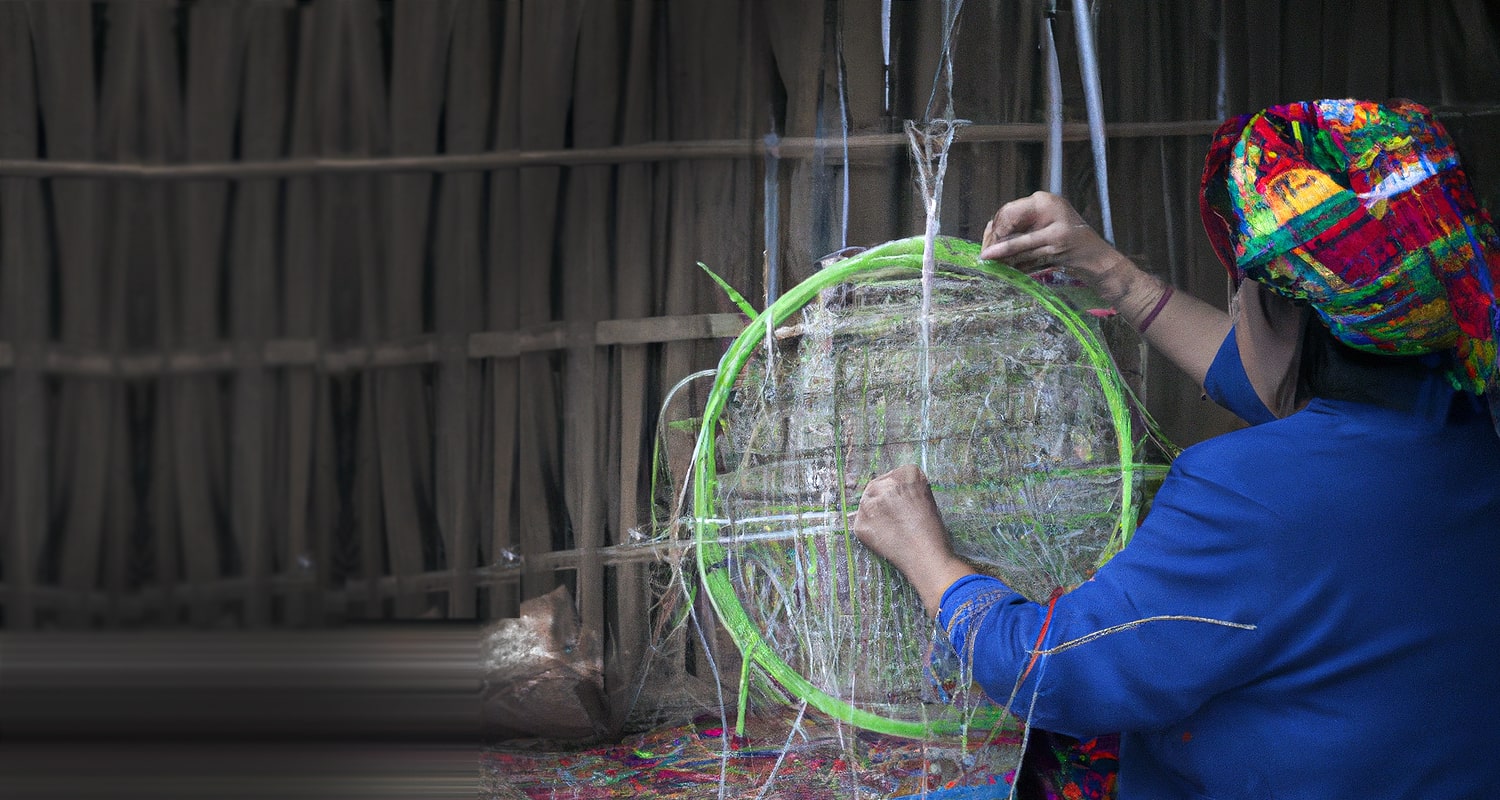
Laos is a magnificent mine of ancient handicrafts, with sophisticated bamboo weaving and exquisite silk fabrics among the most renowned examples. The diverse crafts have a touch of the country’s dominant religion, Buddhism. The artists are very proud of their work since they use ancient techniques passed down from their forefathers. As a result, there is a vast range of high-quality, one-of-a-kind goods available, ranging from traditional apparel to modern home decor.
Historical Location:
Silk Weaving
The ancient skill of silk weaving stands out as a particularly noteworthy craft. The dying and weaving of silk thread into beautiful designs have been passed down through generations of Laotian women. Lao-Tai silk, which is woven by the Tai ethnic group, and Luang Prabang silk, which is recognized for its distinctive patterns and colors, are two of the most well-known forms of silk weaving in Laos.
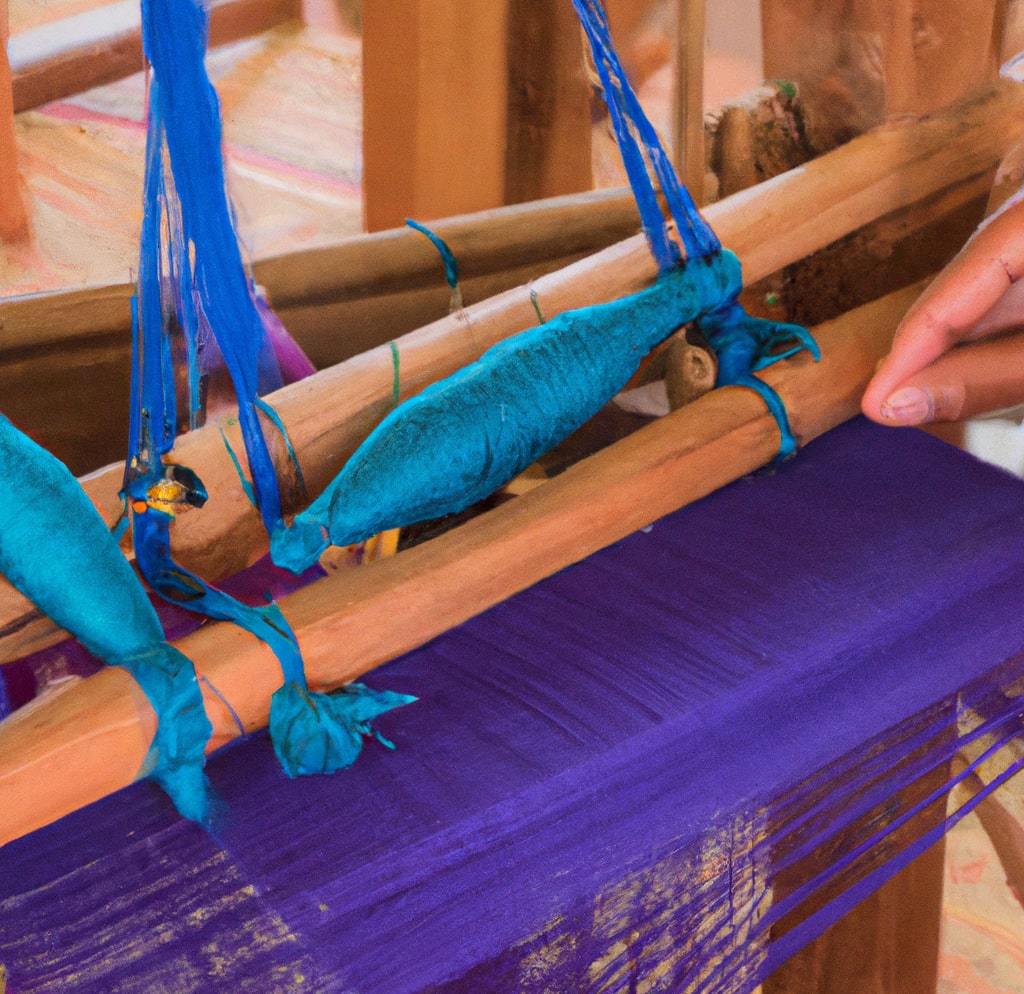
2. Woodcarving
Woodcarving is a traditional technique that craftsmen continue to do in Laos, notably in the southern region of Champasak. Animals, goddesses, and other traditional themes are intricately carved by artisans.
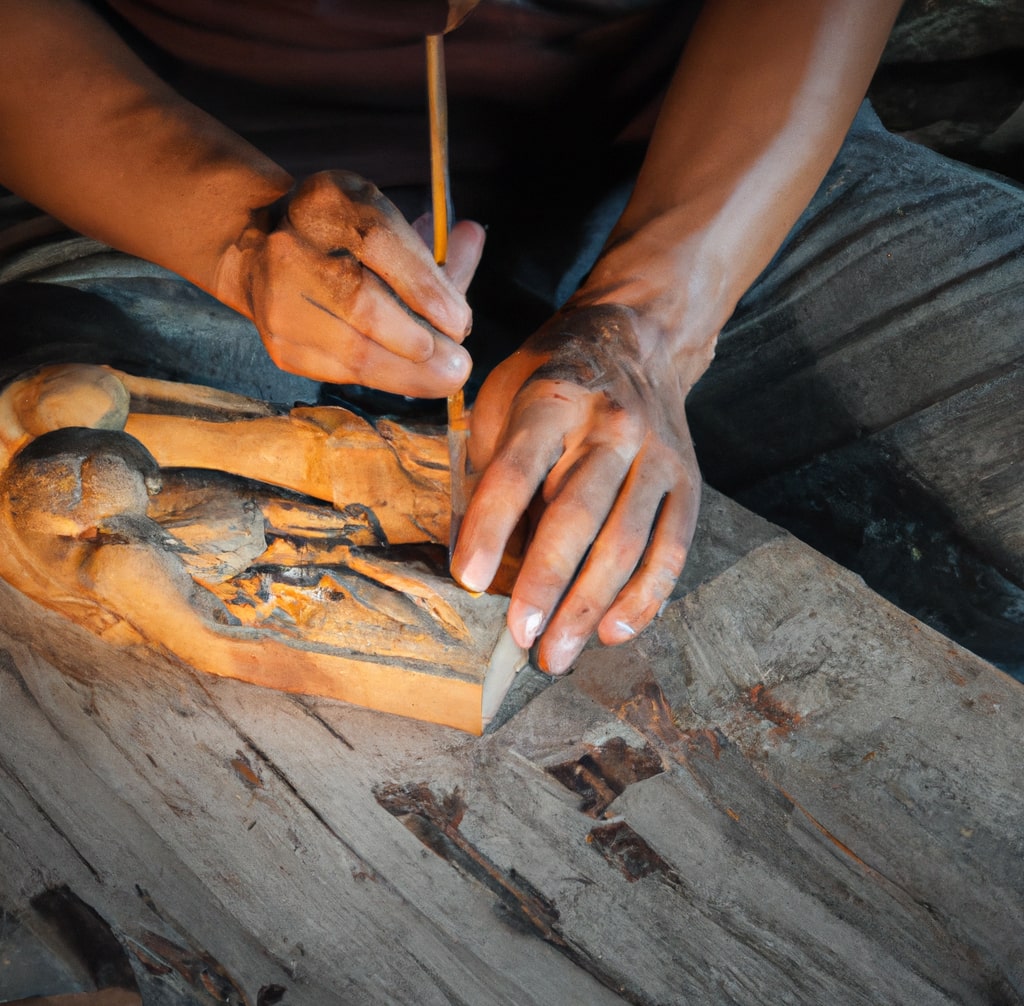
3. Sa Paper
Sa paper, sometimes referred to as mulberry paper, is an antique handmade paper formed from the bark of the mulberry tree. Sa paper is created by soaking the mulberry bark, pulping it, and then spreading it out to dry on a mesh screen. The resulting paper is textured, has a unique appearance and feel, and is perfect for a wide range of decorative and practical uses.
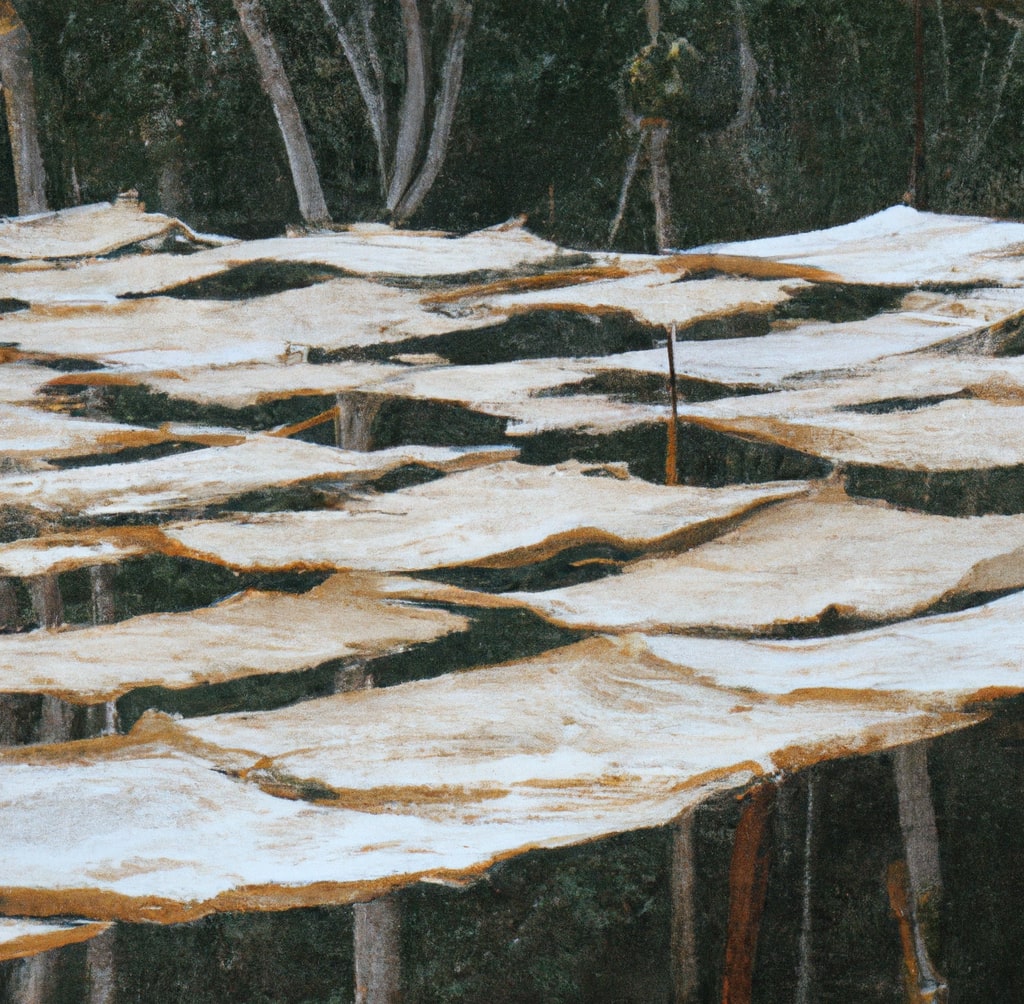
Craftsmen employ sa paper to create a variety of products, including as notebooks, lanterns, lampshades, and other decorative items.
In Laos, notably in Luang Prabang, silverware is a traditional handicraft. Using ancient techniques, skilled silversmiths produce stunning jewelry, decorations, and utensils.
4. Hmong embroidery
A specific style of needlework known as Hmong embroidery was created by the Hmong ethnic minority in Laos. It stands out for its vivid colors, intricate designs, and application of appliqué techniques. The patterns, which are created using a variety of methods such as cross-stitch, satin stitch, and chain stitch, usually feature geometric patterns, animals, and floral themes.

Nowadays, a wide range of products, including purses, handbags, table runners, and wall hangings, are made with hmong embroidery. Both the aesthetic appeal and the artistic skill needed to create it are highly valued.
But, it is not just the skill that distinguishes Laotian handicrafts, but also its cultural and historical relevance. These crafts offer an insight into the country’s rich cultural past.

Buddha Park in Laos
Also known as Xieng Khuan
By purchasing authentic and locally manufactured handicrafts, visitors may help to revitalize traditional Laos handicrafts. We contribute to the destruction of traditional crafts and the livelihoods of local artists by purchasing mass-produced items. But, by purchasing real and locally manufactured handicrafts, we assist local artists and help to maintain their cultural heritage.
When visiting Laos, make time to visit local marketplaces and craftsmen’s workshops. You will not only be able to acquire beautiful and original goods, but you will also be supporting an important component of Laos culture. Thus, if you’re seeking a genuinely one-of-a-kind vacation experience, put Laos on your itinerary.



